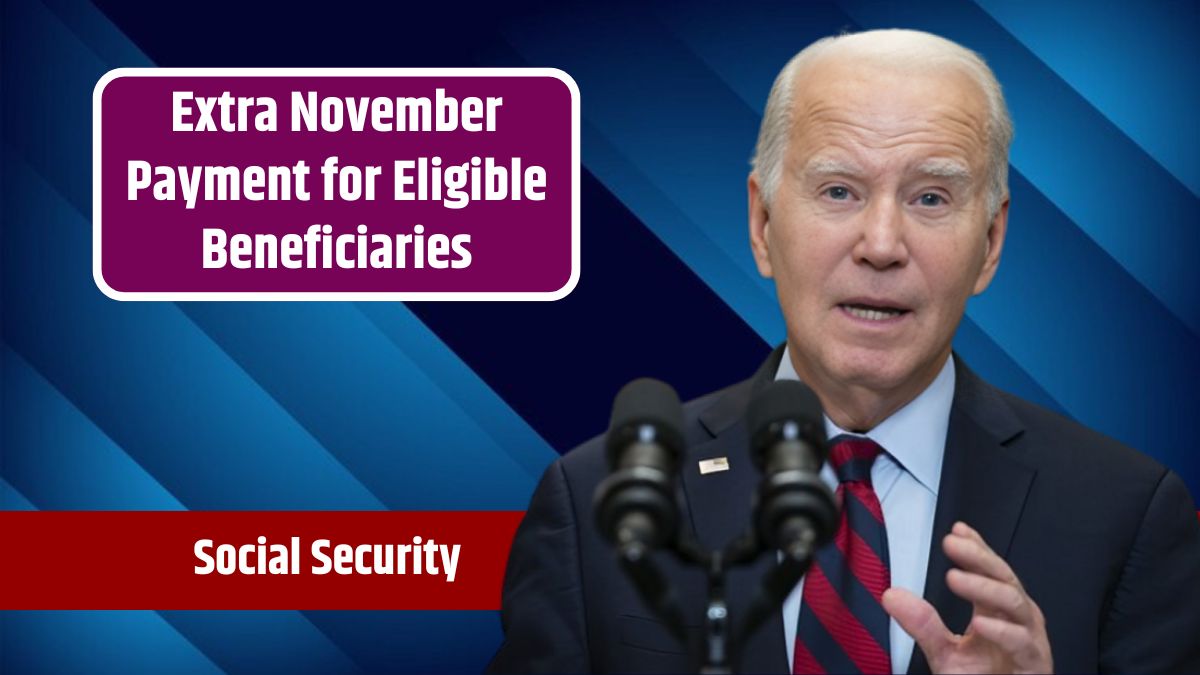If you’re one of the millions of Americans relying on Social Security, you might notice a pleasant surprise this November: an additional payment. No, it’s not a bonus or policy change. Instead, it has to do with the way certain dates align on this year’s calendar. Let’s break down how this affects specific beneficiaries, including those receiving Supplemental Security Income (SSI).
Calendar
In a typical month, Social Security benefits are paid once. However, this November, some beneficiaries will receive more than one payment. This primarily impacts people who receive both Social Security and SSI, a federal program designed to assist disabled individuals and seniors with low income. But not all beneficiaries will get these extra payments. Let’s look deeper into who qualifies.
Reason
Certain calendar quirks create the unusual payment schedule. SSI beneficiaries, in particular, are affected because their regular December payment falls on a Sunday. Instead of delaying payments, the Social Security Administration issues them on the last business day of November.
Here’s how it breaks down:
- First SSI Payment: November 1 (for November)
- Second SSI Payment: November 29 (for December)
People receiving both Social Security and SSI will see an early Social Security check on November 1, since November 3 (the usual date) is also a Sunday. As a result, some individuals will receive three payments in November: two from SSI and one from Social Security.
Schedule
Not every beneficiary will see extra payments. If you receive only Social Security, your payment dates will remain unchanged. Here’s the payment schedule based on your birth date:
| Birth Date Range | Payment Date in November |
|---|---|
| 1st – 10th | November 13 |
| 11th – 20th | November 20 |
| 21st – 31st | November 27 |
For Social Security recipients who don’t receive SSI, the November payments won’t change. But those who receive both programs might want to mark November 1 and November 29 on their calendars for the additional SSI checks.
COLA
Apart from the unusual November payments, there’s more good news on the horizon. In January 2025, beneficiaries will notice a small increase in their payments thanks to the Cost-of-Living Adjustment (COLA). This annual adjustment helps maintain the purchasing power of benefits by accounting for inflation.
For 2025, the COLA increase will be 2.5%, translating to about $50 more per month for the average beneficiary. With this adjustment, the typical Social Security check will rise to approximately $1,976 per month.
The COLA increase will reflect in the January 2025 payments, following this schedule:
| Birth Date Range | Payment Date in January 2025 |
|---|---|
| 1st – 10th | January 8 |
| 11th – 20th | January 15 |
| 21st – 31st | January 22 |
Beneficiaries who started receiving payments before May 1997 or receive both Social Security and SSI will get their COLA-adjusted payment on January 3.
Tips
If you don’t receive SSI, your payment dates will remain the same. Although you won’t see an extra payment in November, your finances will get a slight boost starting in January 2025, thanks to COLA. To avoid confusion, it’s important to stay on top of these shifting dates. Whether you’re receiving one or three payments in November, Social Security ensures payments always arrive on time—even if they need to adjust the schedule.
FAQs
Why will SSI beneficiaries get two payments in November?
Because December 1 falls on a Sunday, the payment moves to November 29.
Will all Social Security recipients get extra payments?
No, only those receiving SSI or both Social Security and SSI will see additional checks.
When will COLA-adjusted payments begin?
Beneficiaries will see the increase in their January 2025 payments.
How much will the COLA raise Social Security benefits?
Payments will increase by 2.5%, or about $50 more per month on average.
Do I need to apply for the extra November payment?
No, the payments will be automatically issued based on your eligibility.






